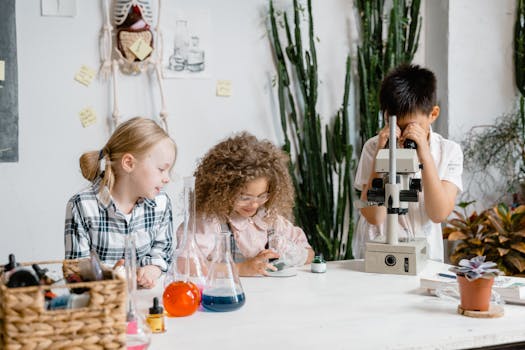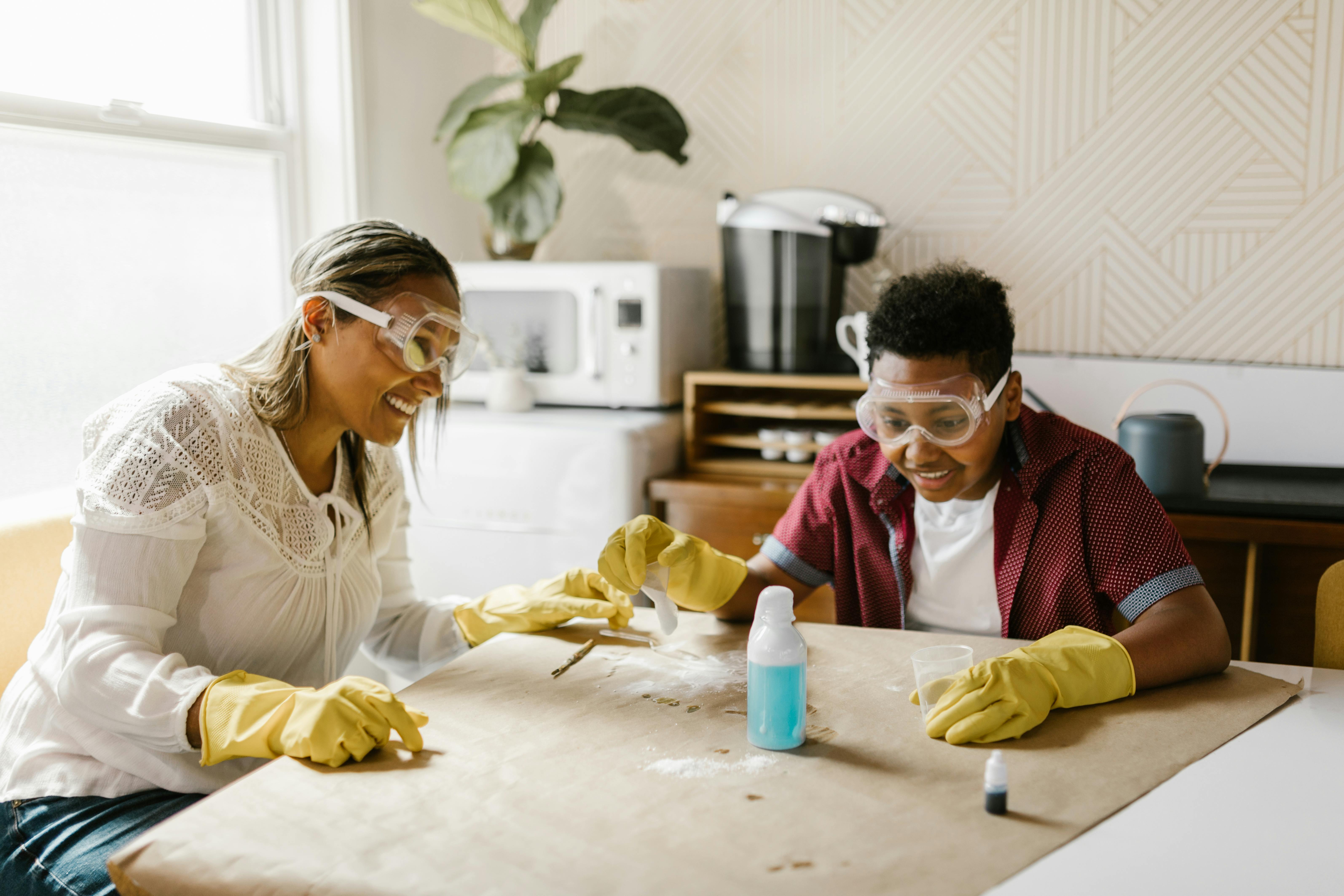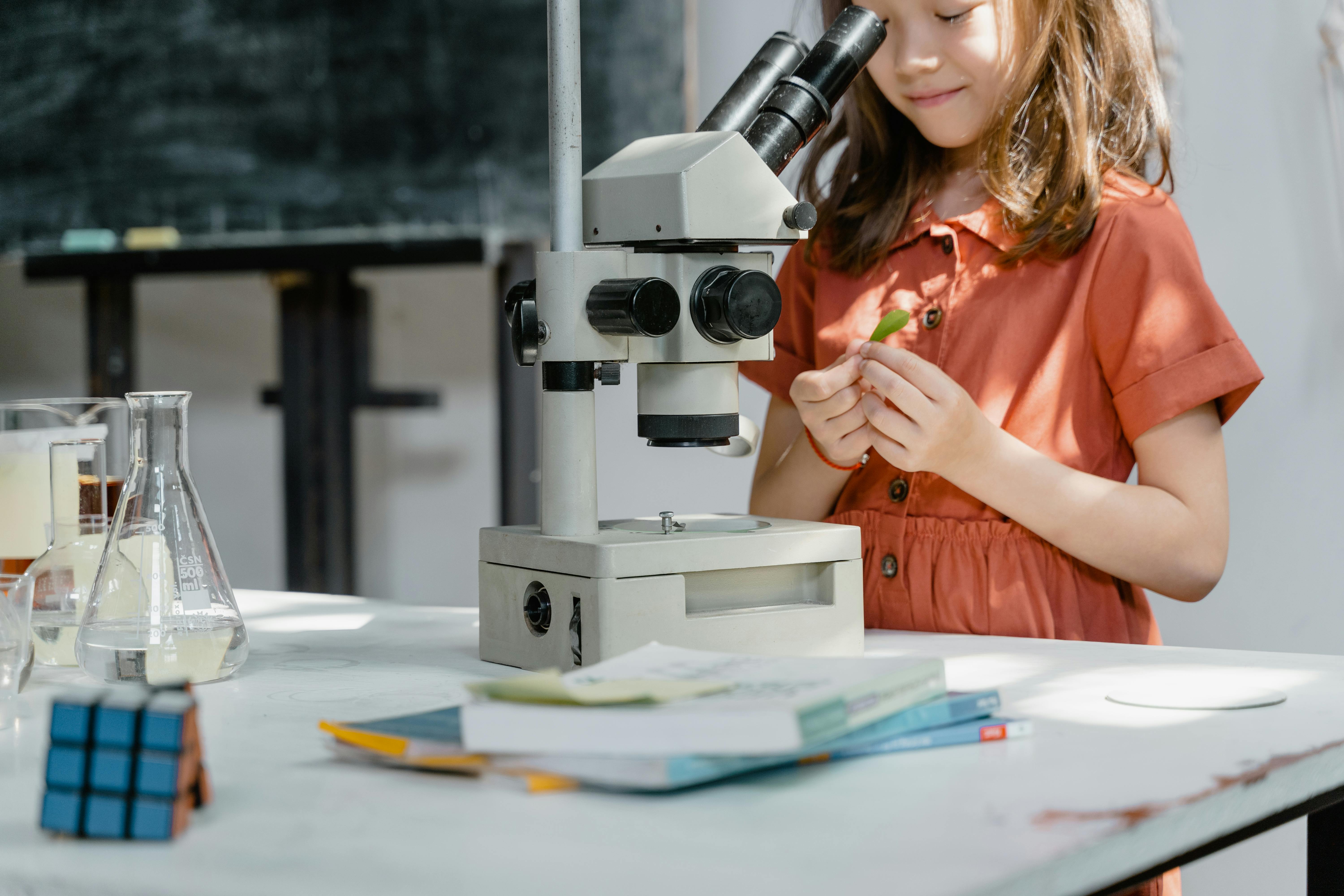As an affiliate, I earn from qualifying purchases, but this doesn't affect the reviews or recommendations—your trust is important to me!
Exploring : Creating Rainbow Bubble Snake: A Fun Science Experiment Guide

Today, We're Making:
- Rainbow Bubble Snake Science Experiment
- DIY Solar System Model: Encourage children to learn about our solar system by creating a 3D model. They can use different-sized styrofoam balls to represent the planets and paint them accordingly. The project could highlight the alignment of the planets on the given date (06-08-2025) using a planetarium software.
- Homemade Kaleidoscope: This can be a fun way to teach kids about light and reflections, utilizing materials like mirrors, clear plastic, and beads. The kaleidoscope can be themed around the colors of a rainbow to match with the Rainbow Bubble Snake Science Experiment.
- Time Capsule: Guide kids to create their own time capsule. They can include things like a current popular gadget, photos.
Have you ever blown a bubble so big it almost felt magical?
Well, hold on to your soap-dipped wands, because we're about to thrust into the colorful world of Rainbow Bubble Snake Science Experiments.
A marvelous mesh of science and fun, it's an avenue for hands-on science that paints a vivid picture of the magic in daily phenomena. Think of billowing clouds taking on the iridescent color play of the rainbow - we're creating that, but with bubbles!
This kid-friendly experiment combines elements of STEM education, creativity, and splashes of color, all wrapped in the engaging guise of a fun science experiment.
So, gather your DIY science enthusiasm and accompany us as we delve into this simple yet fascinating experiment guide.
The Joyous Journey into Bubble Experiments
Let's dive straight into the first step of our Rainbow Bubble Snake Science Experiment. Kids, it's time to bring out your DIY Science hat and don your most playful attire! We're going to concoct a rainbow right in our backyard. Wondering how? Let's start by gathering the required materials. You would need a water bottle, a sock, some rubber bands, dish soap, and food coloring. Remember, science is all about accuracy and detail, so make certain you have everything on this list.
Making rainbow bubble snakes isn't rocket science, but great fun that stimulates critical thinking and application. It breathes life into the concept of Bubble Experiments, and have no doubts about it, it's going to be a colorful experiment! Why is the sock there, you ask? Good question. The sock acts as a soapy, bubble-producing membrane, creating towers of colorful, scintillating bubbles when air is blown through it—and yes, we call this a Bubble Snake!
A Fun Science Experiment That Engages the Little Scientists
Now, let's move ahead in our Rainbow Bubble Snake Experiment Guide. Cut the bottom off your water bottle and slip the sock over it, securing it with a rubber band. Next, dip the sock end of your contraption into the dish soap solution, making sure it's fully soaked. Here's where the magic of this STEM Activity starts. Gently blow through the top end of the bottle and watch in sheer amazement as a stream of bubbles - your homemade bubble snake - grows longer and longer!
The next level of this captivating At-Home Science experiment is the rainbow part. Drip different food colorings onto the sock and witness the soap bubbles burst into a range of colors. Remember not to suck in while blowing—keep it a one-way street for the air. And there you have it! A mesmerizing, swirling Rainbow Bubble Snake swaying in your backyard.
Lastly, don't forget to ensure their safety while the kids partake in this Indoor Science Experiment. Supervision is crucial, particularly when they're blowing into the bottles. Now, isn't this a Fun Science Experiment that paints a colorful image in children's minds about the wonders of science? It's a fantastic way to add a dash of fun and a pinch of scientific curiosity to your family fun day!
A World of Learning Through Fun Educational Activities
Creating a Rainbow Bubble Snake is an engaging Kid's STEM activity that transcends the fun element. Through this experiment, kids learn about the science of bubbles—how they form, why they are round, and how colors appear in bubbles due to light reflection and refraction. This Exceptional STEM for Kids activity can serve as a teaching resource for educators too, especially those looking for Interactive Learning opportunities.
Science DIY like the Rainbow Bubble Snake Science Experiment encourages children to be hands-on, sparking their initial interest in science and providing an excellent platform for them to explore and learn. Besides the daunting textbooks and lecture sessions, it proves that science can indeed be fun. So, let's make learning a joyous journey with these Easy Science Experiments, infusing curiosity and excitement into our little scientists' lives.

And there you have it!
We've spun rainbows in our backyard, blown life into whimsical bubble snakes, and ignited an infatuation for science that shines as brightly as the colors in our bubbles. By creating Rainbow Bubble Snakes, we've not only had a blast but also painted a magical picture for our young scientists, proving science isn't just lab coats and microscopes but a colorful adventure awaiting in their own backyard.
Remember
It's not just about the bubble brilliance or the rainbow radiance; it's about the curious wonder our little ones find within experimenting. So, let's keep crafting these playful potions of color and fun, turning science into a joyous journey of discovery in our own creative, colorful ways. Happy bubbling!

You May Also Like These:
DIY Solar System Model
Ingredients:- 8 different-sized styrofoam balls
- Acrylic paint in various colours
- Paint brushes
- Long wooden dowel or rod
- String for hanging (optional)
- Planetarium software (Such as Stellarium)
- Using the planetarium software, observe the alignment and color of the planets on the given date (06-08-2025).
- Paint each styrofoam ball to represent a planet according to its color and features observed in the software. Let them dry completely.
- Arrange the balls on the wooden dowel according to their position in the solar system, taking the software as reference for alignment.
- If you are looking to hang your solar system model, securely attach a piece of string to each end of the dowel.
- Hang your model in a place where it can freely rotate, replicating the planets' orbit around the sun.
Homemade Kaleidoscope
Ingredients:- 3 mirror strips or reflective paper cut into long, thin rectangles
- Transparent paper
- Colored beads or sequins
- A small cardboard tube (like a toilet paper roll)
- Tape
- Tape the three mirror strips or reflective paper pieces together to form a triangle prism. Ensure it fits into the cardboard tube.
- Put the colored beads or sequins in a small plastic bag, tape this bag at one end of the prism.
- Slide the prism into the cardboard tube so the part with the bag is sticking out slightly.
- Cut a circle from the transparent paper that fits over the end of the tube with the bag. Secure it with tape. This end will be the viewing end of the kaleidoscope.
- Rotate the kaleidoscope while looking through the viewing end. Enjoy the changing patterns caused by light reflecting off the mirrors and colored beads.
STEM Project: Clear Plastic Boat
Ingredients:
- 1 clear plastic bottle
- 2 straws
- 1 piece of cardboard
- Glue
- Tape
Instructions:
- Cut the plastic bottle - Cut the bottle around 5 inches from the bottom. This will be your boat.
- Prepare the straws - Glue the two straws across the inside of the cut bottle. These will serve as the platform on which the cardboard will rest.
- Situate the cardboard - Cut a piece of cardboard around the same size as the bottle's circumference and put it on the straws within the bottle. This is the base of your boat.
- Secure the design - Tape the straws to the inside of the bottle to ensure they don't move around. Your boat is now ready to float.
Creating a Rain Gauge: An Easy STEM Project with Clear Plastic
Materials Required:
- A clear plastic water bottle
- A ruler
- A permanent marker
- Scissors
- Stones or pebbles
- Tape
Instructions:
- Prepare the Bottle
- Create a Scale
- Add Weights
- Reattach the Top
- Place it Outside
Take your clear plastic water bottle and ask an adult to carefully cut off the top of the bottle. You want to remove about a third of the bottle from the top.
Take a ruler and using the permanent marker, draw a scale in millimeters on the side of the bottle.
Add some pebbles or small stones to the bottom of the bottle - this will prevent it from getting knocked over.
Turn the cut-off top upside down and place it back on the bottle. Secure it with some tape. This will act as a funnel for the rainwater.
Put your rain gauge outside in an open space. Check it every day at the same time, and record how much rainfall you’ve had in millimeters.
This project is a fun and interactive way to learn about the weather and measurements, as well as practice recording data in STEM.
STEM Projects for Kids: DIY Rainbow Kaleidoscope and Time Capsule
Project 1: DIY Rainbow Kaleidoscope
Materials:- A paper towel roll or similar cylindrical object
- Transparent plastic report cover or similar material
- Foil
- Colorful beads
- Scissors
- Tape
Instructions:
- Cut a triangle out of the report cover. Roll it into the shape of a small triangle so that it fits inside the paper towel roll.
- Cover the outside of the triangle with foil and securely tape it.
- Insert the foil-covered triangle into the paper towel roll.
- Seal one end of the roll with tape. Pour the colorful beads in from the other end.
- Seal the other end of the roll. Shake the kaleidoscope gently to let the beads spread out evenly.
- Hold the kaleidoscope up to the light and look through it. Turn it slowly and watch as colors and patterns change!
Project 2: Create Your Own Time Capsule
Materials:- A sturdy box or container
- Paper and pencils
- Current popular gadgets
- Other personal items to include
Instructions:
- Discuss with children about the concept of a time capsule and its significance.
- Invite them to draw pictures, write letters or collect small items to include in the capsule.
- Include their favorite gadget, games, or any item they think will be of interest in the future.
- Once the items have been chosen, place them in the box or container.
- Seal the container securely and find a safe place to store it. Remember, the idea is to open it years later to rediscover the items!
Solar System Model Project
Materials:- 10 Styrofoam balls of different sizes
- A variety of acrylic paints
- 10 pieces of thin wooden skewers
- Styrofoam sheet
- Black glitter (optional)
Instructions:
Step 1: Paint the PlanetsStart by painting your styrofoam balls to represent the planets. Here is a brief guide:
- Mercury: Grey
- Venus: Yellow
- Earth: Blue and Green
- Mars: Red
- Jupiter: Orange with white stripes
- Saturn: Light yellow (don’t forget to add the ring!)
- Uranus: Light blue
- Neptune: Blue
Once your planets have dried, stick them to the wooden skewers. Remember to put them in the correct order from the sun. The order is Mercury, Venus, Earth, Mars, Jupiter, Saturn, Uranus, and Neptune.
Step 3: Add the Finishing TouchesIf you want to take it even further, you can paint the styrofoam sheet black and sprinkle some black glitter on it to look like the outer space. Then, stick the skewers into the styrofoam sheet. And there you have it! Your very own solar system model.











